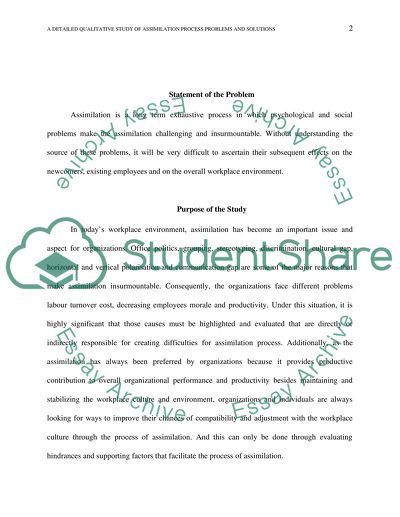Cite this document
(“A qualitative proposal Research Example | Topics and Well Written Essays - 3750 words”, n.d.)
A qualitative proposal Research Example | Topics and Well Written Essays - 3750 words. Retrieved from https://studentshare.org/journalism-communication/1664922-a-qualitative-proposal
A qualitative proposal Research Example | Topics and Well Written Essays - 3750 words. Retrieved from https://studentshare.org/journalism-communication/1664922-a-qualitative-proposal
(A Qualitative Proposal Research Example | Topics and Well Written Essays - 3750 Words)
A Qualitative Proposal Research Example | Topics and Well Written Essays - 3750 Words. https://studentshare.org/journalism-communication/1664922-a-qualitative-proposal.
A Qualitative Proposal Research Example | Topics and Well Written Essays - 3750 Words. https://studentshare.org/journalism-communication/1664922-a-qualitative-proposal.
“A Qualitative Proposal Research Example | Topics and Well Written Essays - 3750 Words”, n.d. https://studentshare.org/journalism-communication/1664922-a-qualitative-proposal.


